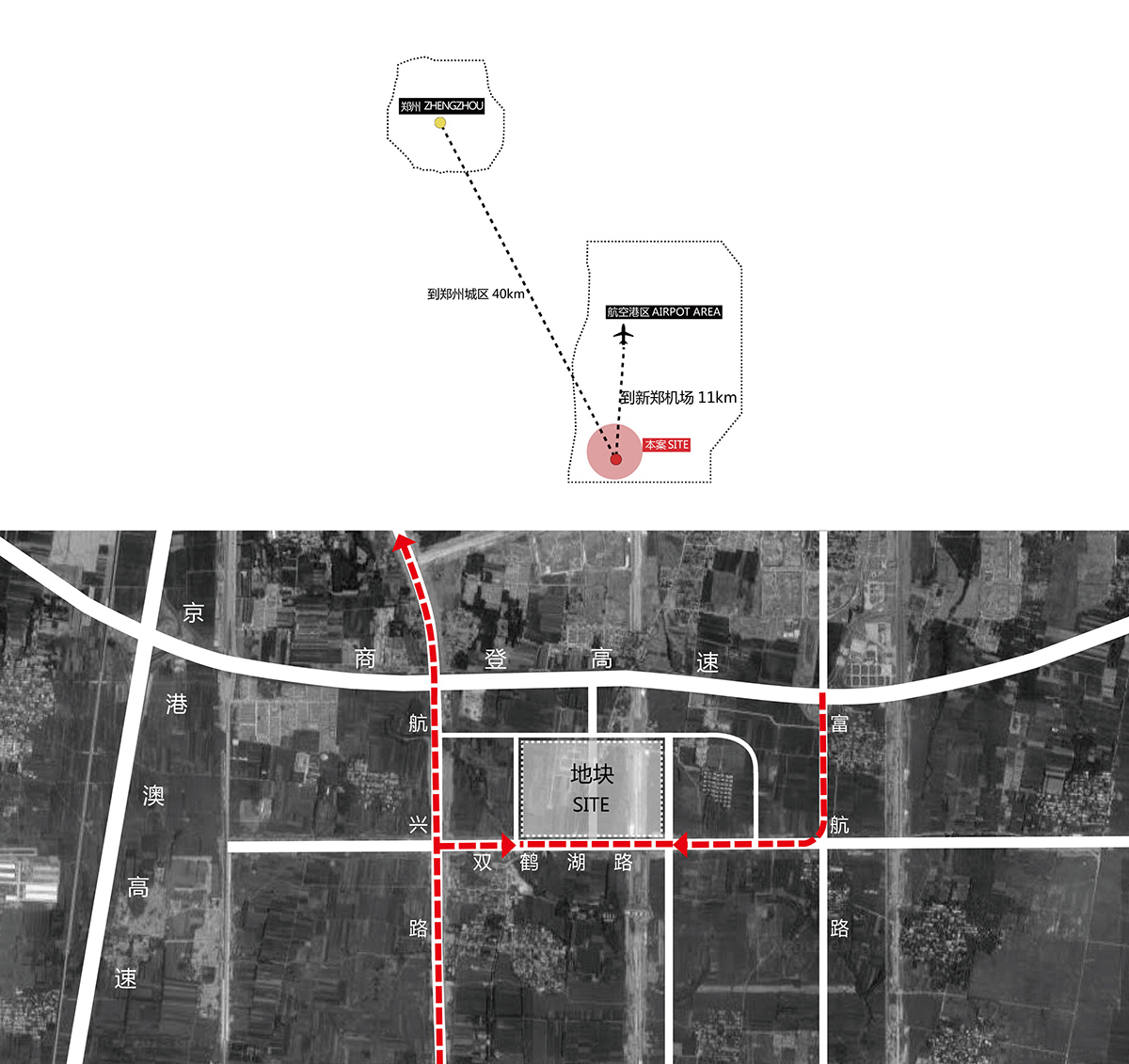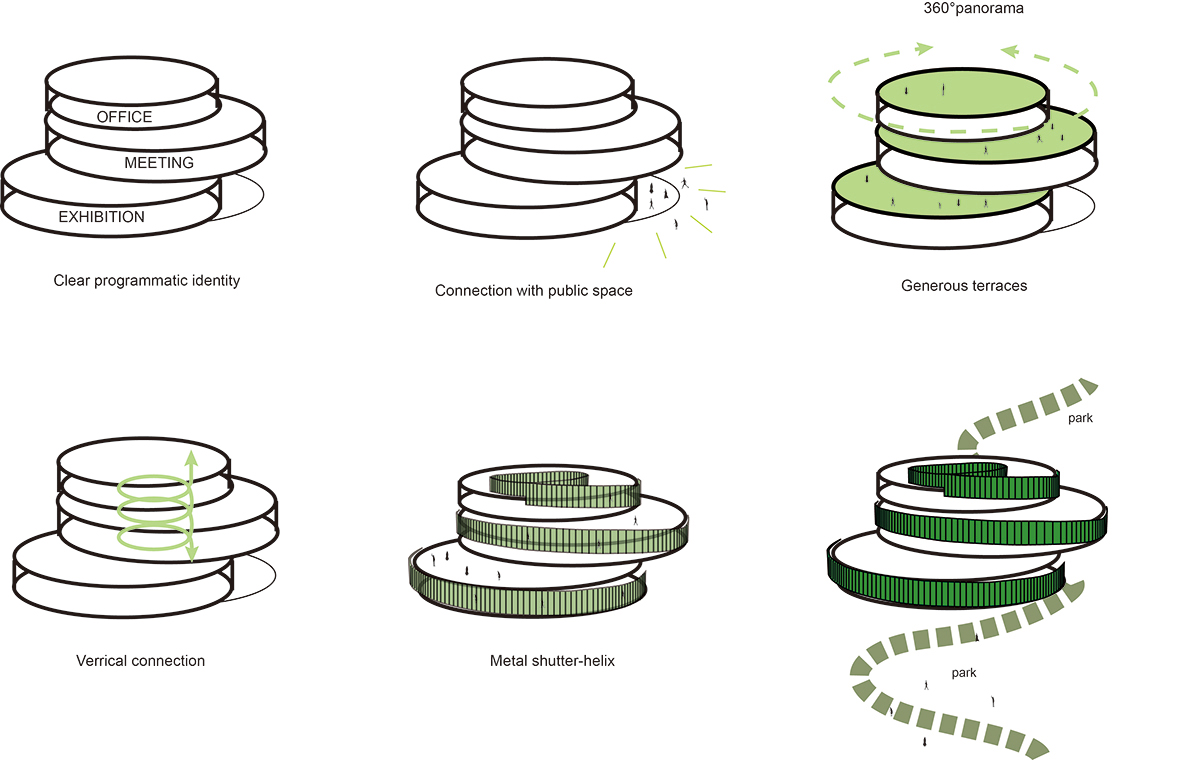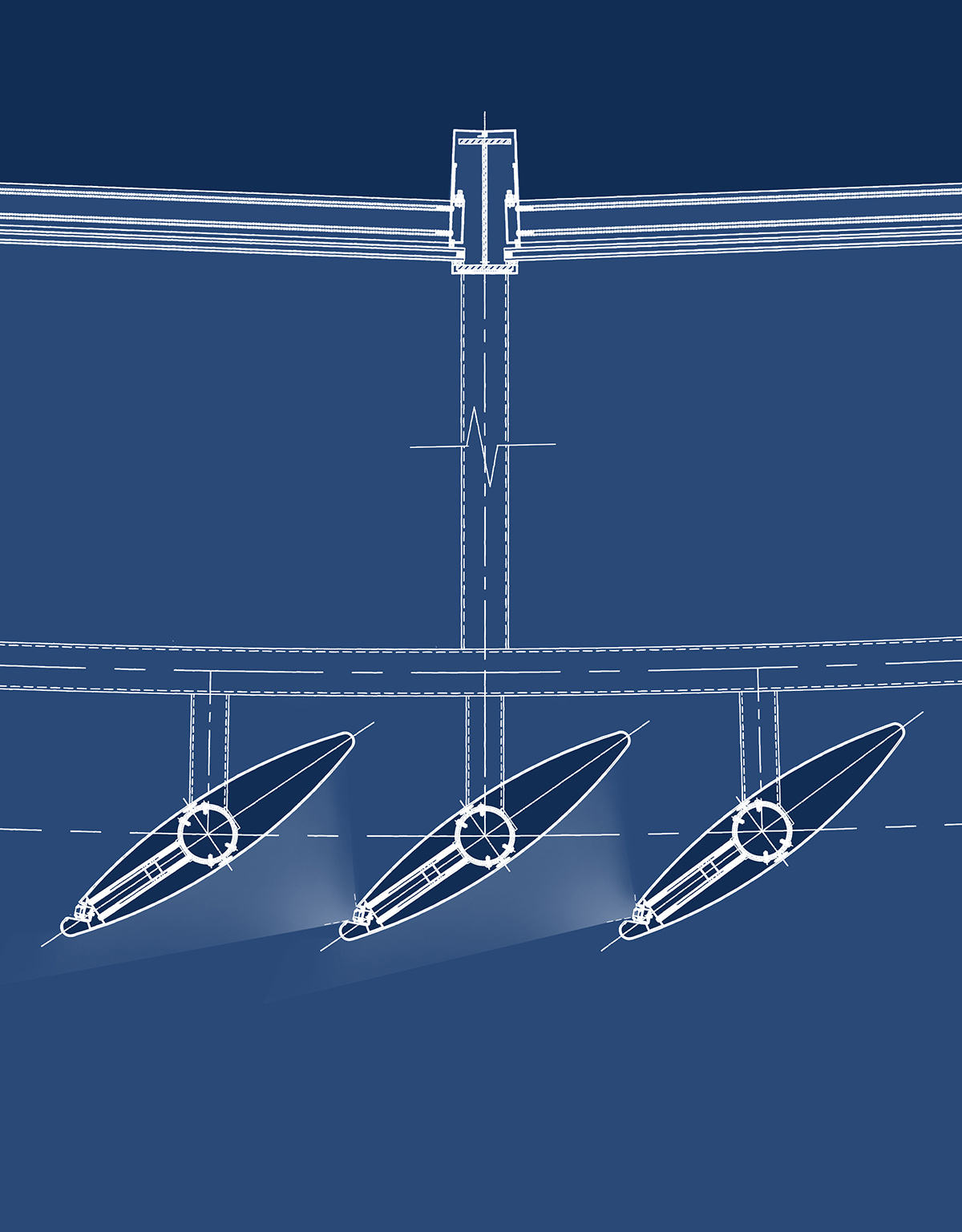Submitted by Sophia T
WSP ARCHITECTS Designed A Biopharmaceutical Park With The Architectural Form Of Double Helix DNA
China Architecture News - Jun 29, 2018 - 07:24 34043 views

Zhengzhou Linkong Biopharmaceutical Park is the largest innovative and entrepreneurship base for R&D and production of life science and biotechnology in Henan Province, China. WSP ARCHITECTS paid tribute to DNA, the most important source code of modern biopharmaceutical industry, through the curve modeling, spiral and irregular forms.

The curvilinear passage is taken as the life axis that connects the north and the south of the park. The exhibition center has an elliptical form, which forms a sharp contrast with the surroundings. Its well-arranged layering and sense of quality make it the landmark building that precedes the construction of the park.


In the entrance to the exhibition center, designers ingeniously apply a circular waterscape that echoes with the architectural form of double helix DNA. "Through the bridge, one can enter the main entrance formed by the waterscape and the second-floor cantilevered structure, whose exaggeration increases the visual sense of layering. The reflection in the water fluctuates with the wind, which echoes with the building," added by the design team.


They explained that, "the core space of the center uses double helix structure, thus creates a vertical space combined with the central landscape. Its exterior uses metal louvers hovering from the surface waterscape until reaching the roof platform and the interior is organically connected in series via spiral ramps which form life trails, and create coherent and convenient internal flow lines among floors."
"Three ellipses with different functions rotate in different directions, forming a variety of interesting spaces. The continuous curves indoors and outdoors simultaneously form double helix structures, which satisfy the visual requirements in all directions. The spiral louvers condense into an organic structure that traps the three ellipses and forms an infinitely continuous plastic form."



According to the firm, each of the three floors have different functions, the first floor works as a display space, whose large area of floor-to-ceiling glass curtain walls better connect the indoor and outdoor views. The second floor is a flexible office space for different groups of people; it forms a visual continuity with the central space through glass partitions. And the third floor is the dining space, where one can enjoy a great view of the entire park.



"Under the backdrop of the large glass curtain walls, the shutter profiles made of metal aluminum panels make the exhibition center shows a stronger sense of technology. Each louver section is shuttle shaped, and perforated aluminum plate is used to make the entire building lighter, and different light and shade effects are produced with sunlight’s angles. Each shuttle louver is rotated 30 degrees in the direction of the spirals, cleverly concealing the lamp troughs at the ends, and the curved illuminated face gives the light a rhythmic beauty that enhances the overall flow of the building," continued the firm.
"The center aims to return design ideas to the origin of biopharmaceuticals, and architecture to human charisma, thus obtaining life dynamics extending upward. The beauty of the infinitely variable curves conceals the building’s ceiling, which looks as if it is spreading all the way to the clouds. This special design also explains the designer's initial aspiration that is ever forwarding in splendid architectural creations."

Location

Aerial view of the park

Analysis graphics

Metal louvers

First floor plan

Second floor plan

Third floor plan
Project Facts:
Project Name: Exhibition Center of Zhengzhou Linkong Biopharmaceutical Park
Client: Xing Gang Investment
Architect Firm: WSP ARCHITECTS
Chief Architects: Wu Gang, Chen Ling, Nelson Tam
Architects: Sun Zhe, Weng Jinfan, Zhao Minghu, Chen Peng, Li Donghui, Guo Jianlong, Li Long, Zhang Zeyang, Cui Qiaoya, Li Yujie, Xiao Yipeng, Wang Lu, Yu Fei
Project Type: Exhibition/office/convention
Location: Zhengzhou Airport Economy Zone, Zhengzhou, Henan province, China
Start date/completion date: 2016/2017.10
Photos of Building Area: RUIJING Photography
> via WSP ARCHITECTS
